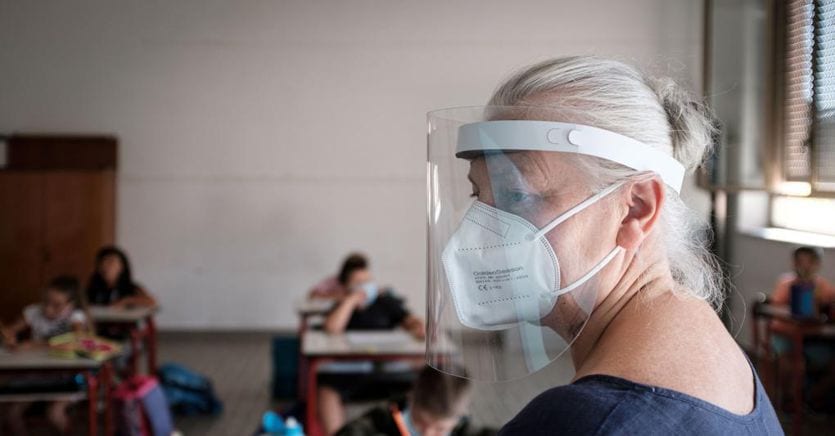Harvard medical school research on 12 typical childhood infections: influenza “disappeared” (-99.5%), laryngotracheobronchitis (-96.5%) and bronchiolitis (-92.9%)
–
Harvard medical school research on 12 typical childhood infections: influenza “disappeared” (-99.5%), laryngotracheobronchitis (-96.5%) and bronchiolitis (-92.9%)
–
2 ‘of reading
This is the effect of the distancing measures taken around the world for the Covid-19 pandemic: a decline in other infectious diseases, especially respiratory diseases. This is confirmed by several studies, the last of which conducted on 12 typical infections of children, some of which have been practically eliminated.
The study of 375 thousand cases
The research, published in the journal “Pediatrics” by Harvard Medical School, was conducted on over 375,000 children who arrived in one of the 80 clinics connected with Boston Children’s Hospital. Cases of 12 infections were evaluated: otitis media, bronchiolitis, colds, laryngotracheobronchitis, gastroenteritis, flu, streptococcal and non-streptococcal pharyngitis, pneumonia, sinusitis, skin and urinary tract infections in early 2019 and 2020.
The “disappearance” of respiratory diseases
«With the measures of social distancing – explains Jonathan Hatoun, one of the authors of the research – all pathologies have shown a decline. The greatest was seen in the respiratory ones: influenza (99.5%), laryngotracheobronchitis (96.5%) and bronchiolitis (92.9%), which essentially disappeared. The smaller decline was seen for those of the skin and urinary tract (35%). This makes sense because the latter are not transmissible like the flu ». While the current “extreme” distancing measures will no longer exist when the pandemic ends, it is possible for researchers that some partial measures may still have an effect. “It’s possible that with hand hygiene and some form of distancing we can reduce the number of children who get sick.”
Previous
Similar observations, two University of Alabama researchers write in an editorial accompanying the publication of the research, have also been made on other occasions where isolation measures have been applied, such as a record-breaking snowstorm in Seattle in 2019 that he forced people home for several days. Influenza, one of the most reduced diseases according to the US study, seems to be the most “sensitive” to the effects of distancing.
According to an article published in June in the International Journal of Infectious Diseases, for example, in China there has been a dramatic decline in cases after the introduction of the lockdown, and the WHO itself wrote in the latest bulletin on the disease that virtually the season influenza “was absent” in the southern hemisphere, where it coincided exactly with the distancing measures.
–


